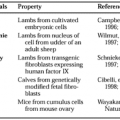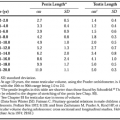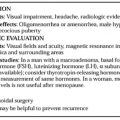PATHOGENESIS
Part of “CHAPTER 63 – OSTEOMALACIA AND RICKETS“
For mineralization to take place normally, newly formed osteoid must be normal both qualitatively and quantitatively, the concentrations of calcium and phosphate in extracellular fluid must be sufficient, the activity of alkaline phosphatase must be adequate, the pH at the site of calcification must be optimal, and excess concentration of inhibitors of calcification must be prevented. Bone formation takes place in two steps. The organic matrix or osteoid derived from osteoblasts, or bone-forming cells, is laid down and then undergoes a process of maturation that requires 10 to 15 days before mineralization takes place.1 Whereas osteomalacia could result from abnormal structure of organic matrix so that calcification cannot take place normally, it much more frequently is caused by alterations in mineral metabolism in which reduced serum concentrations of calcium or phosphate, or both, occur.2
Stay updated, free articles. Join our Telegram channel

Full access? Get Clinical Tree






